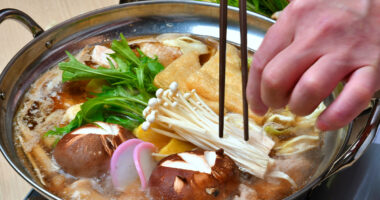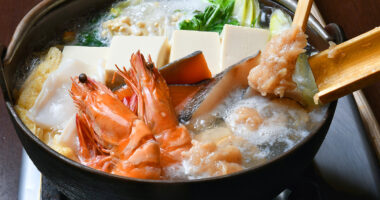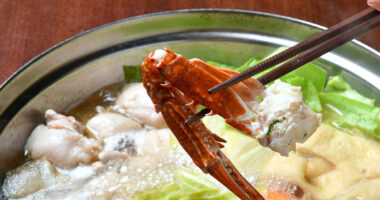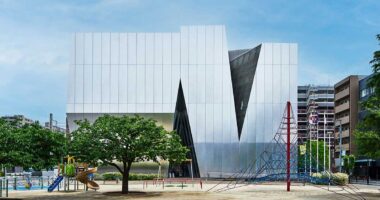Sumo is considered Japan’s national sport, and the meals eaten by sumo wrestlers are collectively known as chanko. Among them, chanko nabe (a hearty hot pot) is especially famous.
Each sumo stable has its own version of chanko nabe, and it’s common for retired wrestlers to open their own restaurants. As a result, the area around Ryōgoku Station (located near Ryōgoku Kokugikan, a famous sumo venue) is packed with eateries serving this iconic dish.
Spacious dining for all group sizes
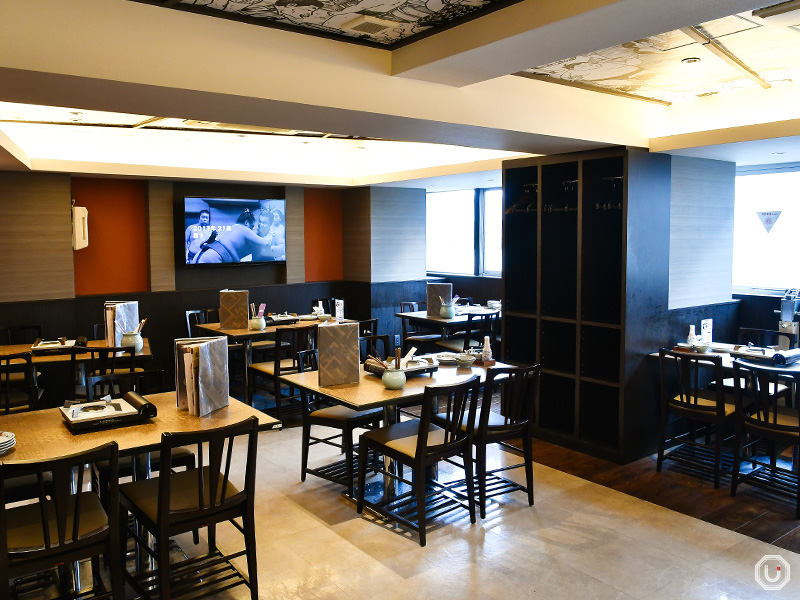
Located right in front of JR Ryogoku Station, “Chanko Kirishima” was founded by former sumo wrestler Michinoku Kazuhiro.
The Ryogoku main branch occupies an entire building—eight floors above ground and one basement level. Every day, tourists flock here to enjoy the restaurant’s famous chanko nabe.
Sumo master Michinoku’s signature chanko nabe
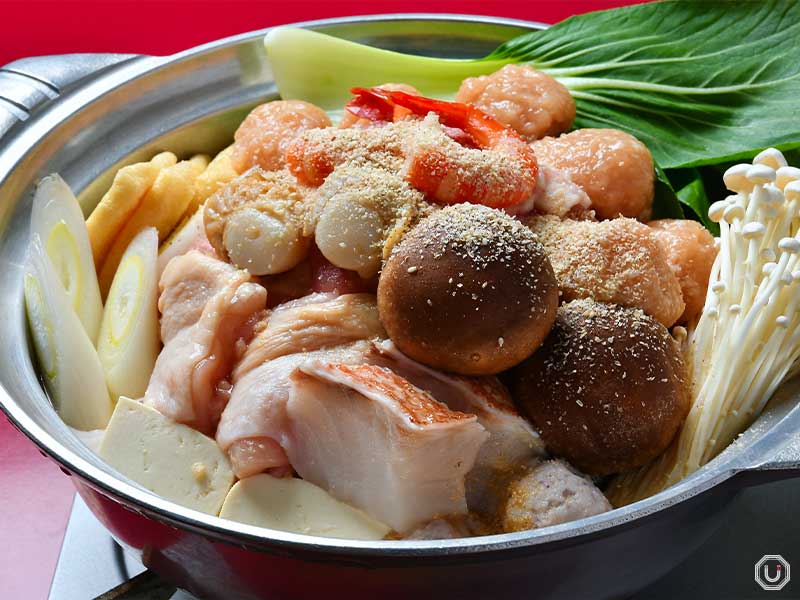
“ちゃんこ鍋―霧島味,” Chanko pot -Taste of Kirishima- (minimum order of 2 servings, photo shows 2 servings) 3,520 JPY per person (tax included)
A distinctive feature of chanko nabe is that each sumo stable has its own unique recipe and ingredients.
The restaurant’s signature “Chanko pot -Taste of Kirishima-” contains various ingredients including vegetables, pork, tsukune (chicken meatballs), shrimp, white fish, scallops, octopus dumplings, aburaage (deep-fried tofu pouch), regular tofu, and kudzu starch noodles. Vegetables like bok choy, green onion, enoki mushrooms, and shiitake mushrooms are also added.
It’s rare to find chanko nabe with bok choy, but it’s said that this was added because Michinoku preferred vegetables with a bit of crunch.
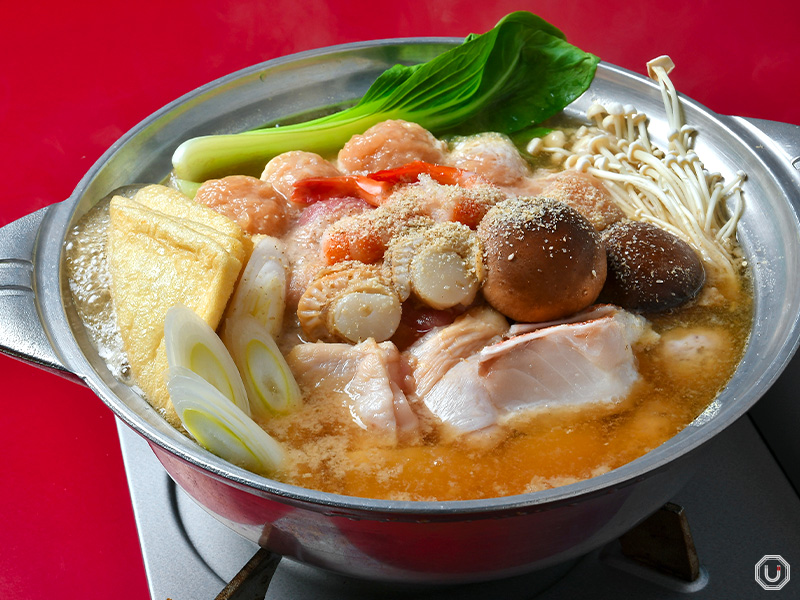
Generally, chanko nabe commonly uses chicken in both the soup and ingredients.
This is because chickens stand on two legs and don’t touch the ground with their front limbs, unlike pigs and cattle. In the sumo world where touching the ground with your hands means defeat, chicken was often used as means of good fortune.
However, the chanko hot pot at Chanko Kirishima uses a broth made from both chicken and pork bones. That’s because in Michinoku’s birthplace of Kyushu, pork bone broth is commonly used.
Also, while most soups are typically seasoned with either soy sauce or salt, Chanko Kirishima opts for a blend of soy sauce and miso.
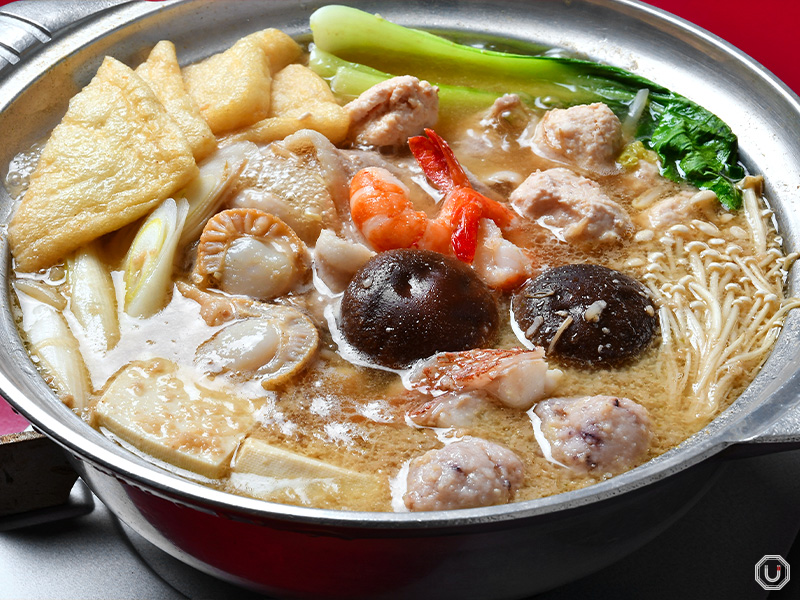
Once served, the Chanko pot -Taste of Kirishima- is placed over a flame for about 20 minutes. Be sure to heat it thoroughly, especially as it includes chicken, which requires thorough cooking in particular to ensure food safety.
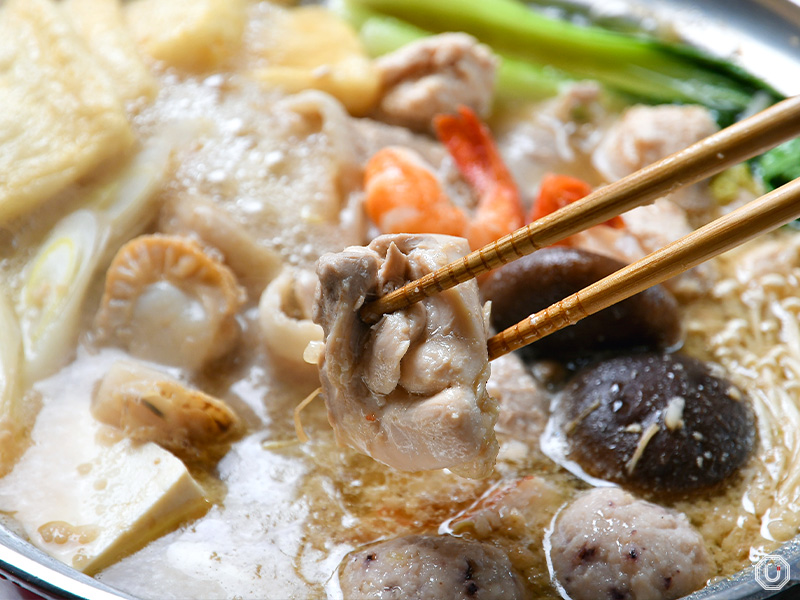
The key feature of Chanko Kirishima’s chanko nabe is the depth of flavor in the blended broth. As the ingredients simmer, rich umami flavors are released from the chicken and seafood, infusing everything in the pot.
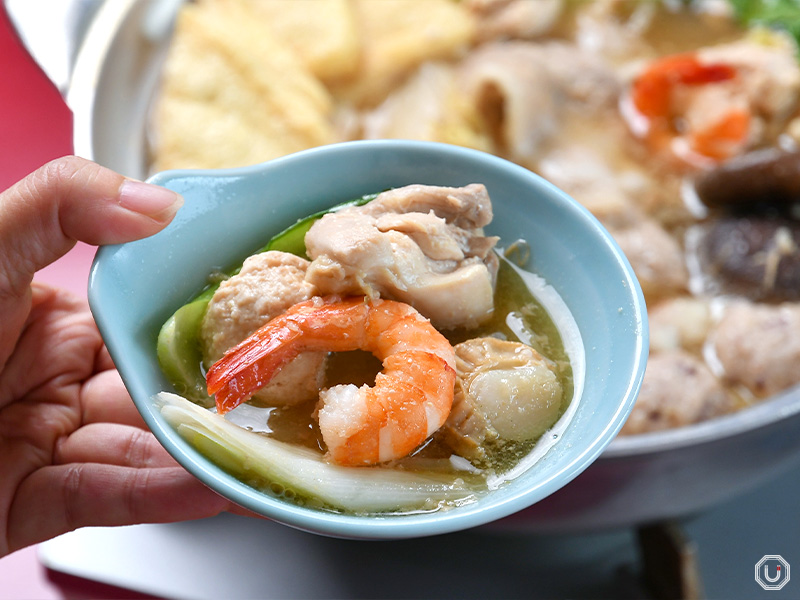
When it’s ready, scoop some into your tonsui (small bowls with handles) and enjoy. Even the standard set is very filling, but you can also order additional ingredients if you’d like more.
Finish with champon noodles and savor the rich broth!
After you’ve enjoyed most of the ingredients, it’s time to put a finishing touch on your chanko nabe.
The noodles used to do this are the same kind found in champon, a specialty dish from Nagasaki. They’re thicker and chewier than typical ramen noodles.
If the broth has reduced too much, just ask a staff member and they’ll replenish it for you.
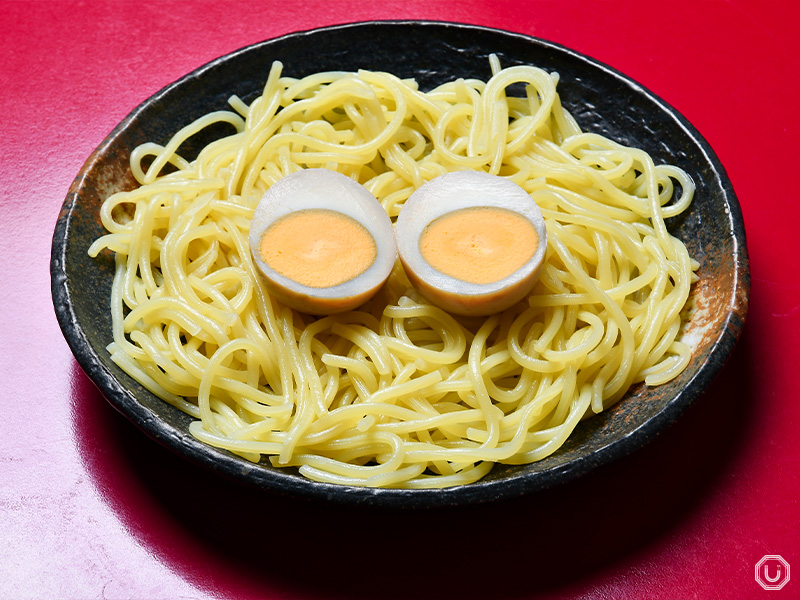
“〆のちゃんぽん麺(煮玉子付き),” Champon noodles (comes with seasoned boiled egg) 770 JPY (tax included)
Start by setting aside the soft-boiled egg that is served with the champon (it’ll go in the soup later), and add the noodles into the chanko nabe.
The noodles are already boiled, so you can eat them after simply heating them in the pot for 2–3 minutes.
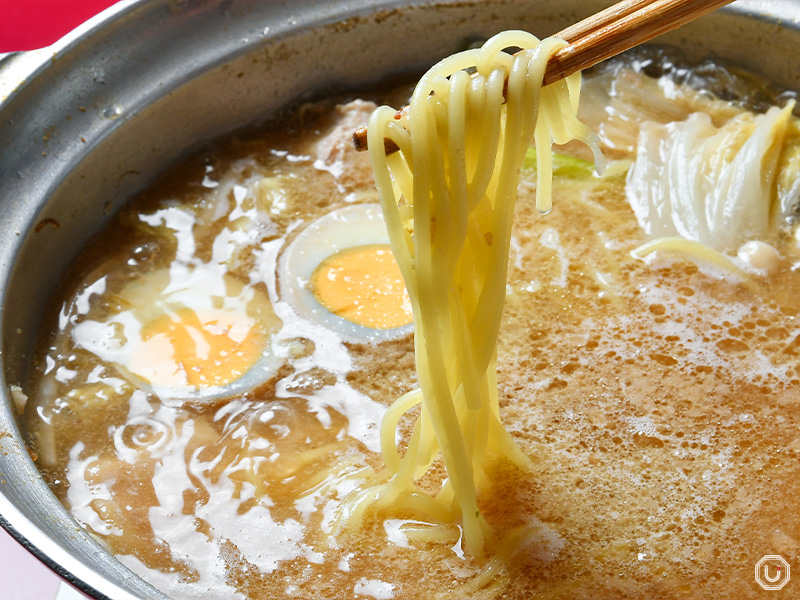
The springy champon noodles are satisfyingly hearty. Paired with the rich, flavorful broth—infused with the essence of all the hot pot ingredients—it’s like enjoying a bowl of ramen from a famous shop!
Eye-catching dishes perfect for your social media feed
In addition to chanko nabe, Chanko Kirishima also offers a wide range of à la carte dishes.
This “Chanko Onigiri” rice ball is particularly popular with tourists.
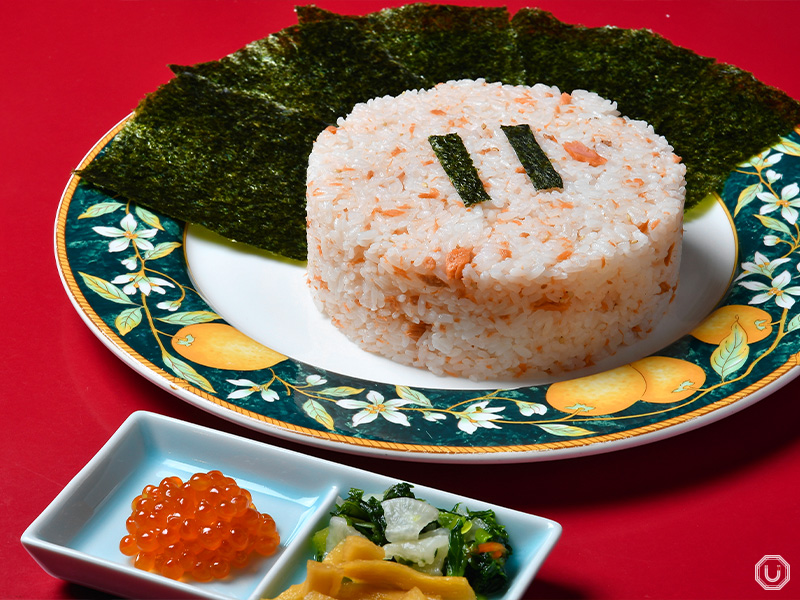
“ちゃんこおにぎり,” Chanko Onigiri 1,280 JPY (tax included)
This giant rice ball is shaped like a sumo ring and makes for a perfect social media shot. The rice is mixed with grilled salmon, and the portion is made with around two cups of rice—enough to serve two to three people!
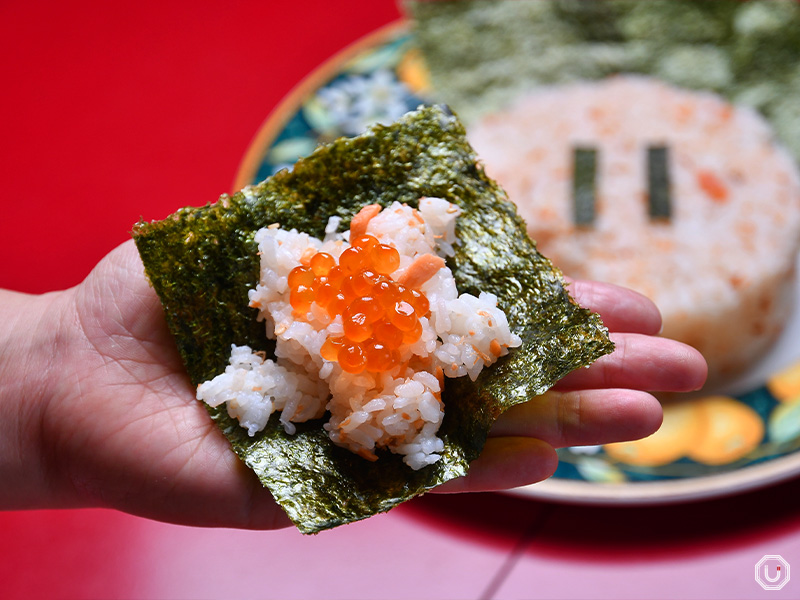
Take a sheet of nori seaweed, top it with the included ikura salmon roe, and wrap it before eating.
It’s quite the generously sized and luxurious rice ball.
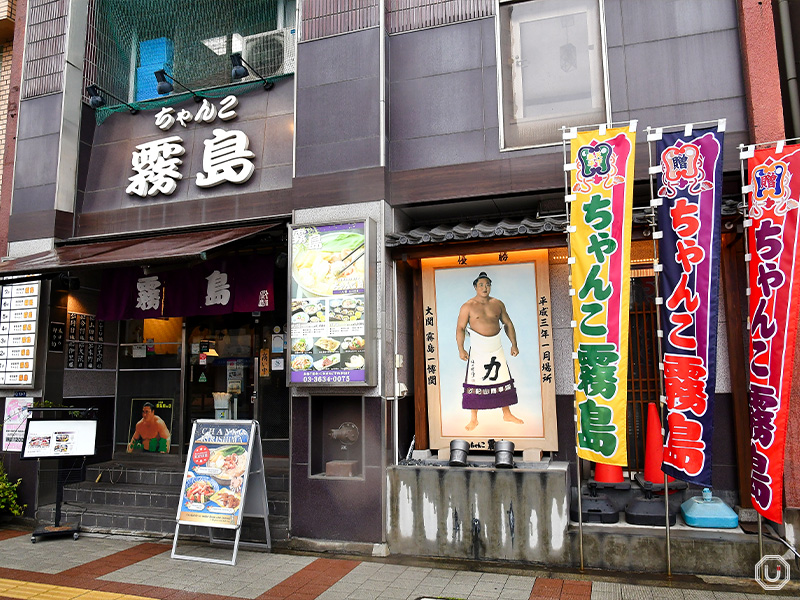
Chanko Kirishima is easy to access from the station and offers an atmosphere that truly reflects Ryogoku, the heart of sumo culture.
If you’re sightseeing in Ryogoku, why not stop by and experience the hearty flavors of sumo cuisine for yourself?
Information
| Store name | ちゃんこ霧島 両国本店 Chanko Kirishima Ryougoku honten |
|---|---|
| Address | 2-13-7 Ryōgoku, Sumida-ku, Tokyo
|
| Access |
Ryōgoku Station 1-minute walk from Ryōgoku West Exit
Ryōgoku Station 6-minute walk from Exit A5
|
| Phone number | 03-3634-0075 |
| Reservations | Accepted Phone, official website, Tabelog, Hot Pepper Gourmet |
| Payment |
|
| Service charge/Table charge | None |
| Hours | 11:30-15:00(last order 14:00), 17:00-22:00(last order 21:00) |
| Closed | Monday closed on Mondays and Tuesdays in June, July, and August only open every day during the Tokyo Tournament |
| Seating | 320 seats 92 table seats, 40 tatami room seats, 98 seats with sunken kotatsu-style tables |
| Smoking | All seats are non-smoking |
| Official website | https://c-kirishima.com/index.html |
| Other information |
|
※Menu contents, prices, store information, etc. are current as of May 2025.

